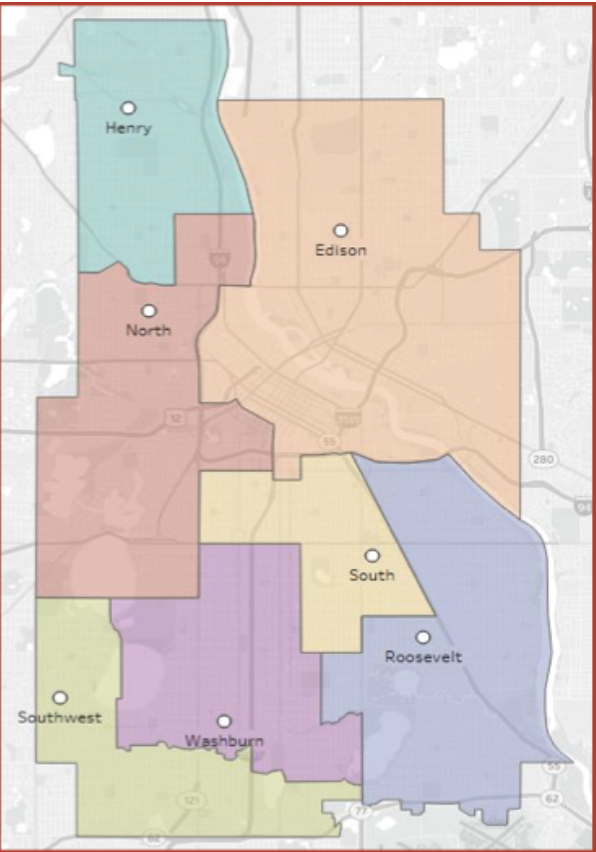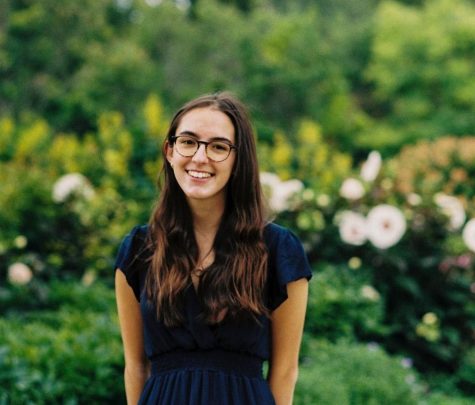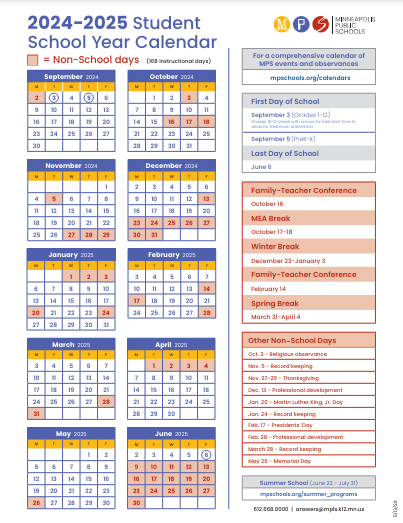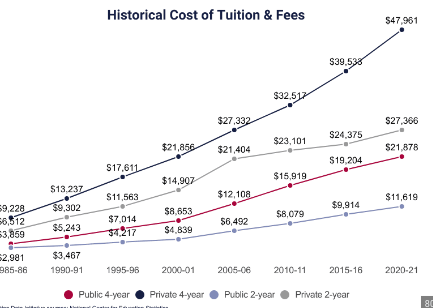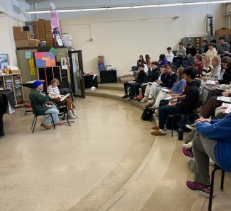What the CDD Actually Means for You
April 5, 2020
Minneapolis Public Schools is in the process of creating the Comprehensive District Design (CDD), claiming it will lessen racial and class disparities, cut down on transportation costs, integrate communities, centralize a better education system, and change or remove the need for competitive choice enrollment plans. An important factor left out of the presentation is, if any of the models went into effect, it appears that more than half of students in MPS would have to switch schools by the start of the 2021-2022 school year.
In an effort to gain support and to display what the district’s new goals are, a recent presentation was put together to show the community. The latest set of models were released on the last Friday of January, with new plans for magnet schools, Career and Technical Education locations (CTE), special education resources and middle and high school zoning. Such drastic measures of rezoning have been discussed in multiple aspects, although the main priority is still up in the air. Many families can’t figure out what the sudden and intrusive models have to do with major changes in students’ education plans.
In the original 169 page presentation, high school is mentioned just a few times, with no actual context given to a map of a conceptual rezoning. The major redistricting would affect every school in Minneapolis, and yet, nothing has been completely laid out for students, parents, teachers and community members to fully grasp. The subtle inclusion of high school rezoning started an uproar for families, with multiple listening sessions held by the district, feeling one sided—like a sales pitch for the plan. Pre-selected questions were asked to the group of presenters, who gave no full answers, turned the questions around and left out timelines.
The plans lay out a very short timeline, suggesting that the community is welcome to give feedback, but by March 24, there will be a proposal given to the school board, to vote in favor or against on April 14. The amount of outreach from the district has been minimal and hard to follow. From the four tentative models, they all focus on restructuring magnet schools, to create more accessibility to these schools throughout the district, however many of the models are similar enough and could be easy changes, which could easily be used to avert attention from complete changes in middle and high school zoning.
If any of the proposed models are chosen, the future of Southwest’s student population could be in for dire changes. The ninth grade population would be ⅔ the size of the average current grade size in 2021.School Board member Bob Walser vocalized this fact, “We do need massive change, but it should start with parents and teachers and students talking about what their priorities are and what’s needed for every community.”
If so many students are supposed to switch schools by the 2021-2022 school year, Board Member Walser wants more accountability where it counts, complete financial plans, realistic goals to show exactly how MPS proposes the schools become integrated, definite, surefire answers to ensure that it would be worth the change, and noted: “If you’ve got 25 priorities, you’ve got no priorities. Your only priorities in education should be equity and sustainability.” The lack of work presented to the board and the public doesn’t justify such an impactful change, not giving a definite answer that it would effectively change education for the students and their experiences.
Lyman Buttler did research to show that the data MPS used to say the plans would work back in January only skims the surface. By making changes so little for the student population based on race, they only just appear on paper, in an effort to avoid a Racially Identifiable School (RIS), where the threshold is 86% of the students enrolled would be students of color (SOC). This is based on the fact that MPS has 66% SOC enrollment total, plans to ‘integrate’ the schools show Anishinabe and Sullivan having a 84% SOC enrollment, proving no substantial difference from 86%. This manipulates the numbers in a way to claim the schools are more integrated, but casts doubt about any significant benefit. The article said “MPS is playing a shell game with children by moving large numbers into a single segregated school that only just barely meets the strict legal definition of “non racially identifiable,”, and problematically, this clearly has little support to sufficiently change the current school layouts.
If any models are voted in, there are multiple tasks to be considered immediately after. From bell time changes, finalized walk zones, new choice placement protocols to all of the capital planning, financial stresses, debt predictions, staffing plans, and most prevalent to Southwest, grandfathering. During three meetings during the last week of February, MPS stepped back their plans and announced their support and their recommendation of a new part of their plan. According to Ed Graff, superintendent, 10th, 11th and 12th graders going into the 2021-22 school year should be permitted to stay at their current school. This is a large jump from just a few weeks prior to that announcement when MPS declared that grandfathering “can complicate freeing up resources to support programming to achieve better results for ALL kids”. This was achieved through community engagement from just the past few weeks. As the formal recommendation, the board will need to vote on this, but it is looking upwards for students who thought they may have to change schools their junior and senior year.
When almost two-thirds of students would be changing schools, all students would have a major impact on their education with the CDD. MPS announced “the comprehensive design allows MPS to be intentional in making changes that will provide all students with a well rounded education.”, and Southwest would be slowly and monumentally changed demographically. Currently, Southwest is home to about 1800 students, around 45% of which are students of color. By the end result of the plan, where CDD would be in full swing by the 2024-25 school year, Southwest would have 1200 students, only 25% of which would be students of color. Oddly enough, the amount of racially isolated high schools would stay the same, holding solid at two. If the goal is to enroll all the schools, Washburn would be overenrolled, Southwest would be at 60% of it’s student capacity, and the plan starts to lose credibility for efficiently and successfully changing the problems apparent in MPS.
The district continues to provide new information as the school board vote approaches and their goals fluctuate. MPS also releases CDD video digests and encourages students, parents and teachers to get involved. The easiest way to do so is by reaching out to the district, talking to a school board member, attending listening sessions and finding out specifically how the CDD plan will affect students throughout the school district. Active participation in the process is crucial, and is what continues to hold the district accountable for their actions and choices affecting students’ education.


